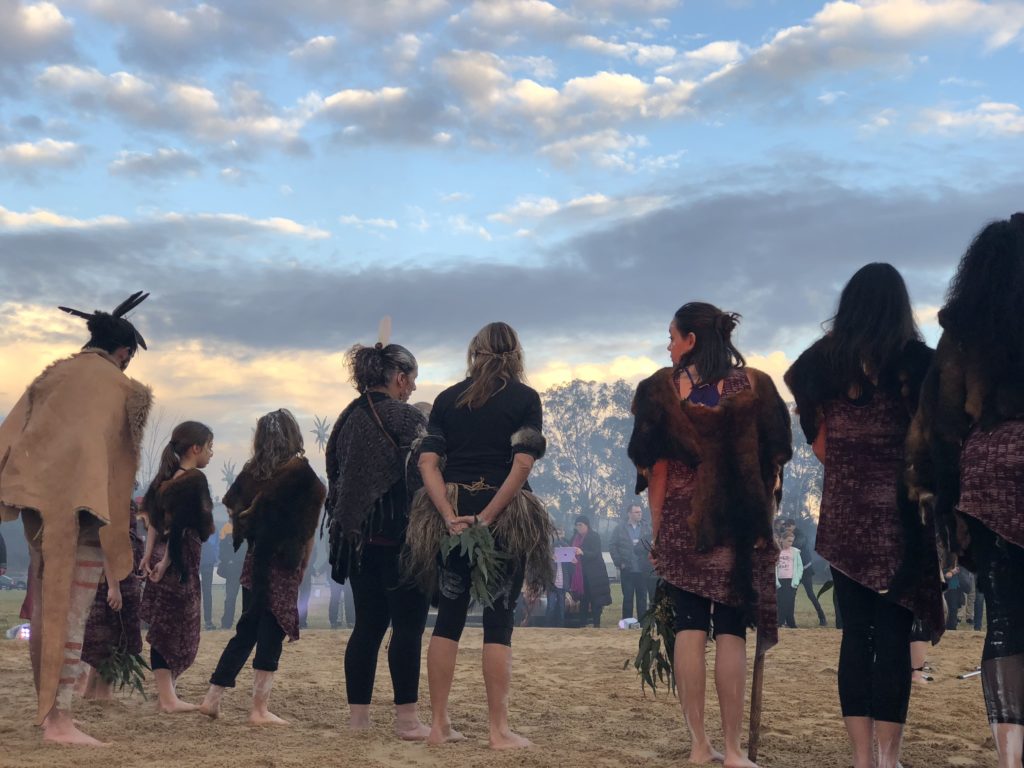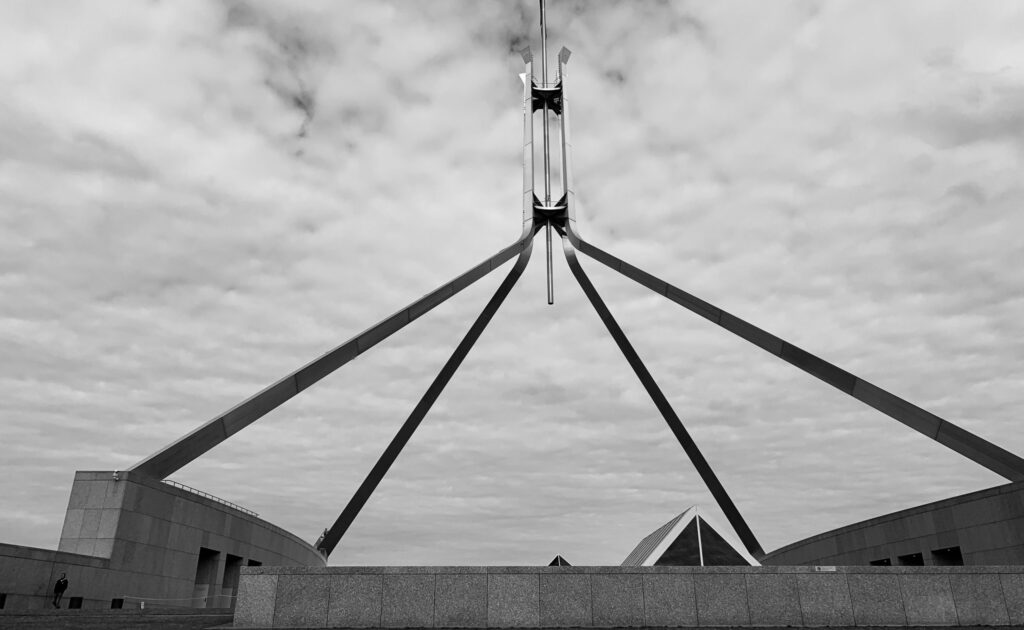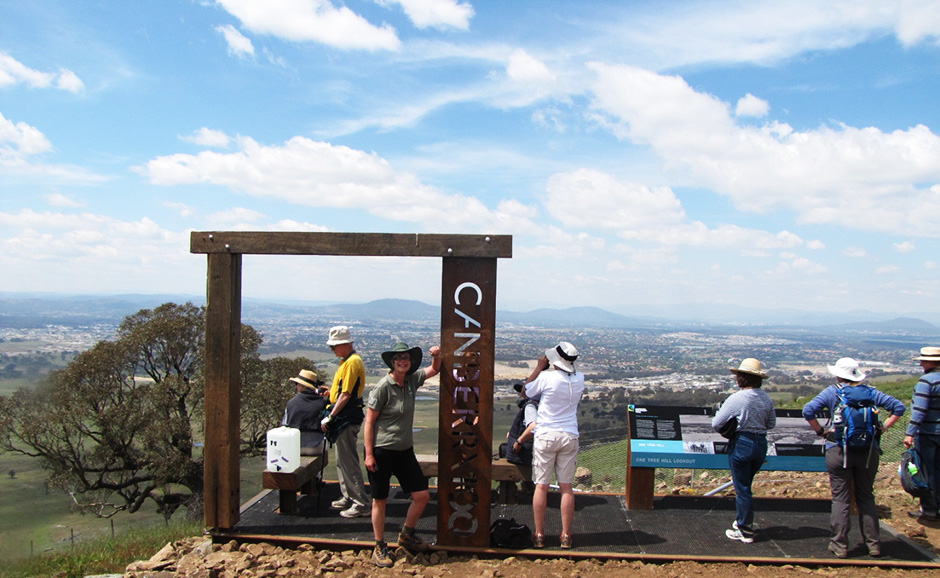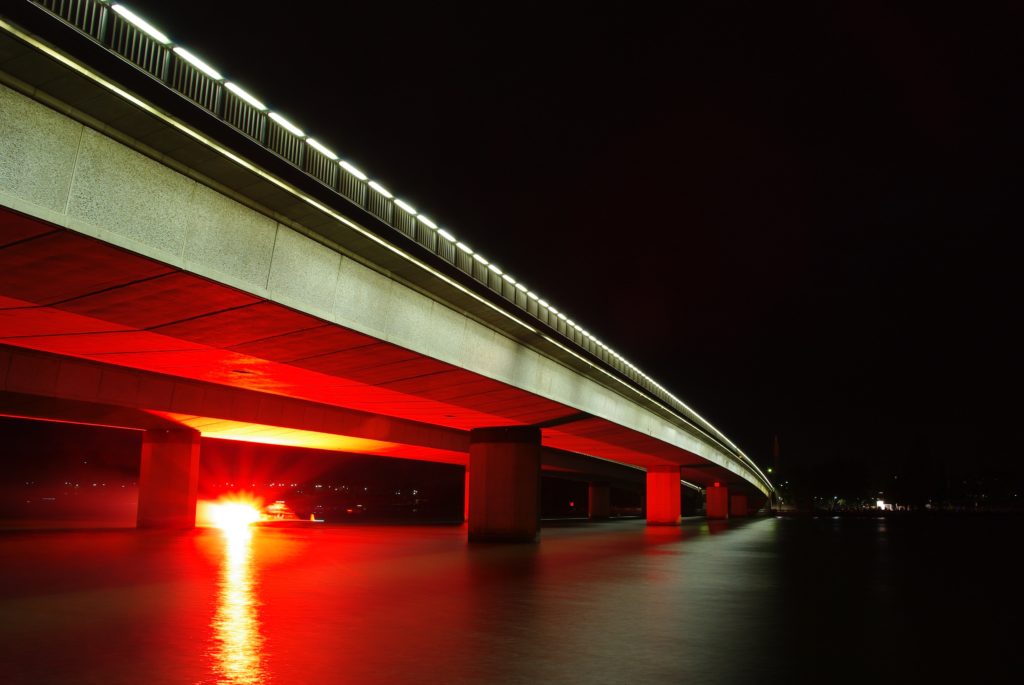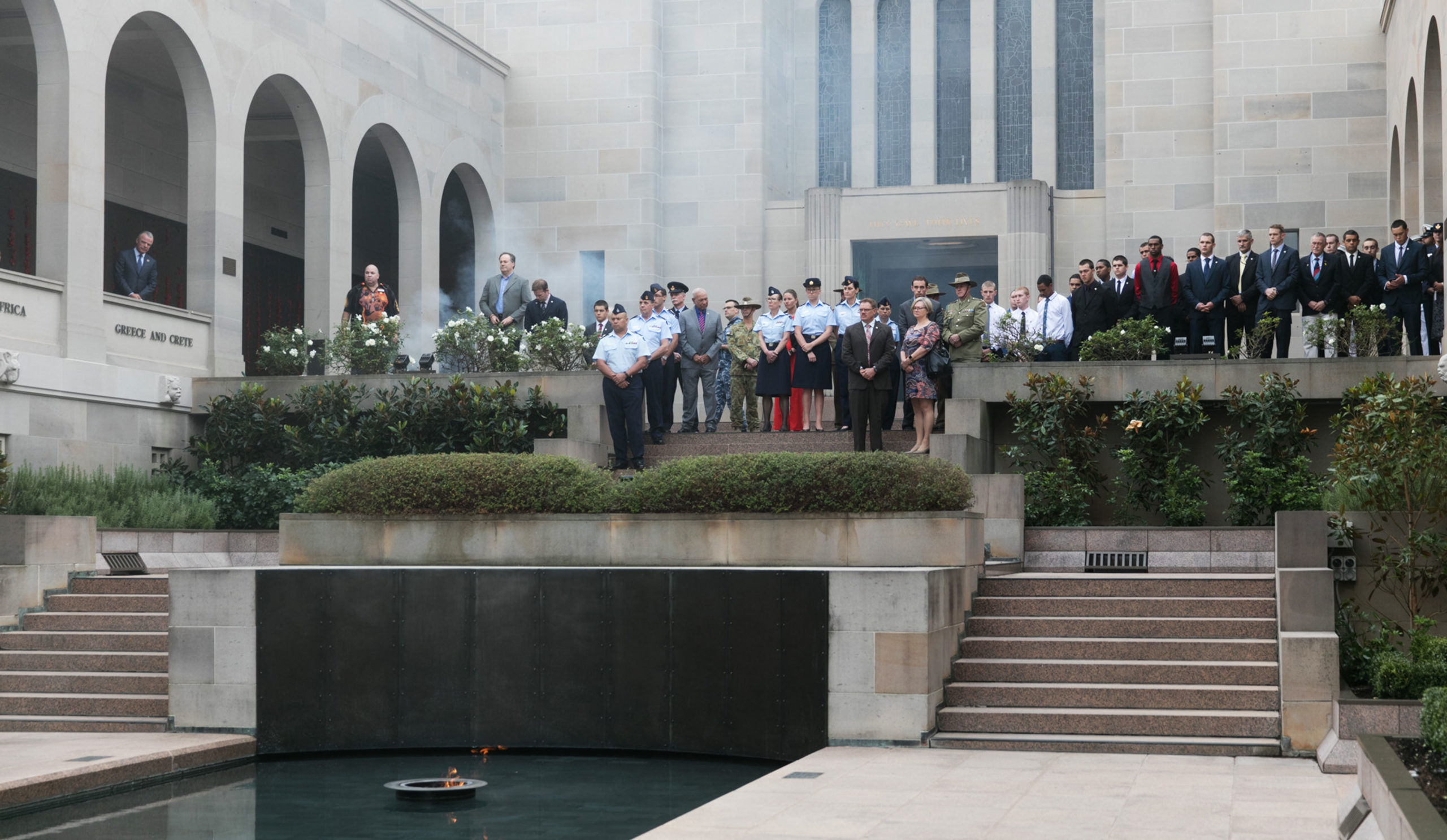
Australian War Memorial, Canberra
In the Commemorative Area of the Australian War Memorial, the two Aboriginal sculpted faces look down at the assembled crowd as a smoking ceremony conducted by Ngunnawal elders welcomes the completion of major reconstruction works.
These sculptures are part of 26 stone-carved figures, designed by artist Leslie Bowles in 1939 for the original design of the Commemorative Area that sits at the heart of the AWM. The other sculptures feature Australian fauna; together these sculptures are seen today to represent the original custodians of the land and evoke the spirit of Australia.
Context (now GML Heritage) was engaged by the Memorial to conduct a range of consultations with national veterans’ and defence groups including the Aboriginal and Torres Strait Islander Veterans and Services Association, RSL, the Defence Aboriginal and Torres Strait Islander Network (DATSIN) and Defence Aboriginal and Torres Strait Islander program managers, and a focus group of heritage practitioners. The ACT Aboriginal and Torres Strait Islander Elected Body participated in a tour of the works, and the local traditional custodians were consulted.
The consultation focused on the issues associated with the refurbishment of the Commemorative Area, and on the cultural and historical significance of the sculpted heads of the Aboriginal man and woman, and on defining an appropriate and sensitive approach to the work.
The works were essential because of severe degradation to the stonework and the sculptures caused by water penetration into the building stone, and the risk this deterioration presented to the heritage significance of the original design elements.
“The consultations revealed the complexity of people’s responses to these Aboriginal sculptures, some seeing the sculptures as offering recognition to Australia’s first peoples and as guardians at the heart of the Memorial’s original design, while others saw the inclusion of Aboriginal people with native fauna as denigrating. There was widespread recognition that each person may see the meanings associated with the Aboriginal sculptures differently, and that embracing a diversity of perspectives created a great way to encourage discussion.” (Chris Johnston, Project Manager)
Offering a smoking ceremony of welcome and recognition created a wonderful conclusion to the reconstruction project.
